How stunning seaside town of Filey reinvented itself after Butlin’s closure
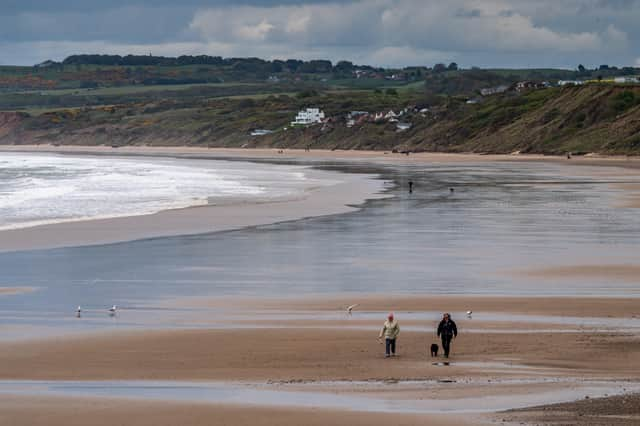

There can be few other communities in the county that have such a rich plum-pudding of heritage coupled with inventive ambition for the future. Where else would you find a town that reportedly gave Charles Dickens the idea for one of his greatest novels, that witnessed a major naval encounter in the bay, and where one of the first celebrity actresses bought an opulent second home? If you think you knew Filey, then think again.
The town is (geographically) just up from Bridlington and down from Scarborough, and sits on the rail line that runs north from Hull – you pass some beautiful scenery as the train trundles along. There used to be two stations here, one for the town and the other a spur built especially for the Butlin’s holiday camp, which dominated the local economy from 1945.
Advertisement
Hide AdAdvertisement
Hide AdConstruction of the camp had started just as the war broke out and the site was quickly converted into RAF Hunmanby Moor. After the war Butlin’s returned before saying a final ‘Hi de Hi’ in 1984.
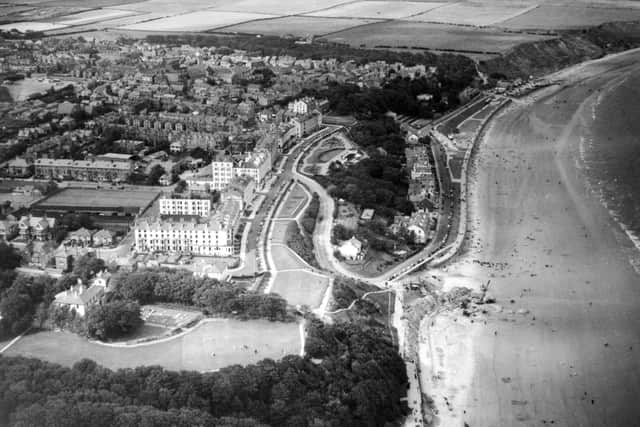

For social historians, Filey shows the changing tastes in taking holidays, and of using public transport. In one glorious year – 1975 – there were 175,000 visitors to Butlin’s, and when it closed the town had to both adapt and reinvent itself.
In a sense, it has been doing that for nearly 2,000 years. For Yorkshire – and particularly this eastern part of the county – has a remarkable range of Roman remains, many of which shed considerable light on how these conquerors ruled, adapted to, and settled in our patch.
The Filey find is one of the strangest discoveries, coming after a month of heavy rain. October had been one of the worst months of 1857, and part of the cliff at Carr Naze in Filey slipped away. The land was owned by the Rev Richard Brooke who instead of telling his workmen to clear the site decided to investigate further. Brooke discovered walls built of large stones sitting on a firm floor of clay. In the middle of that were five large squared blocks of stone, each with sockets around seven inches square, and five inches deep. One is carved with the image of a dog chasing a stag. Several charred oak beams were also found.
Advertisement
Hide AdAdvertisement
Hide AdExperts now believe that the ruins are all that remains of either a lighthouse or a look-out post, and that it was probably destroyed by marauding Norsemen as the Romans made their retreat from this part of their empire. The historic stones are now on public view in the gardens adjacent to The Crescent.
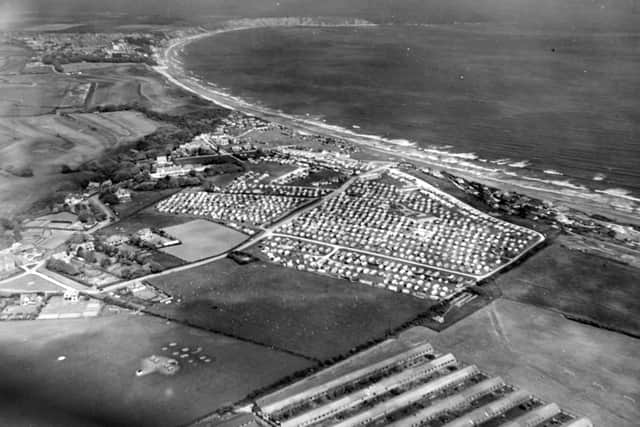

There seems to have been a settlement at Filey since Anglo-Saxon times – the wonderful Grade I-listed medieval church of St Oswald is probably a successor to a much older structure. It was described by architectural historian Nicholas Pevsner as “easily the finest church in the North-east corner of the East Riding”.
Today, it has a square main tower, but there are possibly those still living in the town who can remember it with an imposing spire. That came crashing down in the Dogger Bank earthquake of 1931 (fortunately no-one was injured in the collapse).
Up until the late 18th century, Filey was predominantly a fishing village. As with so many towns, life changed with the arrival of the first rail link in 1846. Just before that date, John Wilkes Unett, a solicitor from Birmingham, made a smart move. He bought seven acres of prime land overlooking the bay and built a splendid sweep of houses. Several buildings on and around The Crescent were used only during late spring and summer – they were the second homes of their day.
Advertisement
Hide AdAdvertisement
Hide AdFiley resident Catherine Welch, who is the font of knowledge on the town’s history, says: “It was pretty typical that a wealthy brewer, mill-owner or industrialist would want to bring his family over here for fresh air and genteel relaxation. Just around the corner is Langford Villa, which York chocolatier Sir Joseph Terry used to rent as his place for summer. And what today is the White Lodge Hotel was once the ‘getaway’ for the celebrated actress Dame Madge Kendal.”
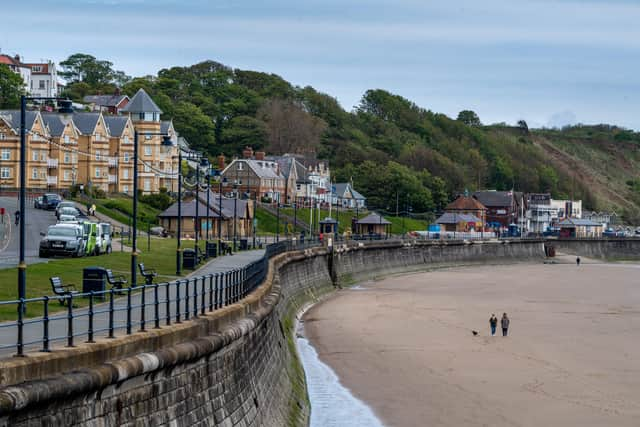

Kendal, who was nearly 90 when she died, was an impresario and accomplished stage performer. One obituary gushed that she was “the most accomplished actress of her generation”. She was well connected and many of her famous friends (such as Dracula author Bram Stoker) would have enjoyed her hospitality in Filey.
There were other residents whose lives were not touched by celebrity. Mary Cammish rests in the churchyard of St Oswald’s, and her headstone tells a poignant story. She was born in 1821, and later married a sailor. Tragedy struck when her husband drowned at sea before their first anniversary. Putting herself to work, she became a water-carrier for a local bathing machine company on the beach.
“She would haul down buckets of fresh water in buckets slung from a yoke. The water was for sloshing over the bathers to get the salt off their bodies,” says Welch.
Advertisement
Hide AdAdvertisement
Hide Ad“Mary did that for 36 years, and you’d hope that she would have had a decent retirement but it was not to be. One day in 1886, a coupling to one of those cumbersome machines wasn’t secured, or a rope snapped, and it flew down Crescent Hill, and ran poor Mary over. There was no health and safety back then.”
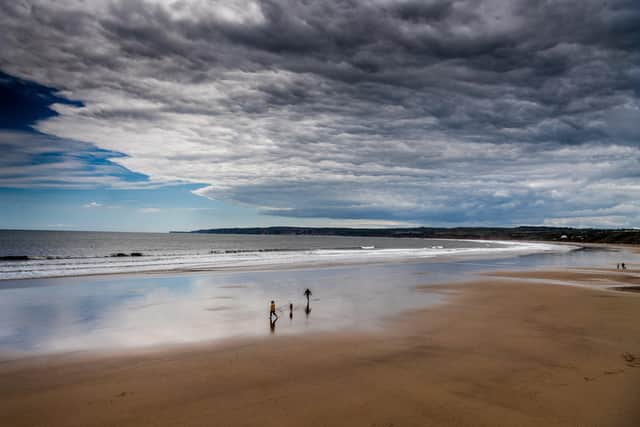

Here, too, is the grave of Ralph Richardson, another unfortunate soul lost at sea. In the bitter winter of 1780 his wife searched the foreshore for 11 weeks before she eventually found his body. Charles Dickens wrote movingly of her dogged devotion in his magazine Household Words and there are some who believe this tragic event gave him the idea of seafarers actually living on the beach itself, which he used in Great Expectations.
These days, Filey is looking to the future. Local businessman James Hodgson is involved in the consortium developing the Coastal Route, from Hull in the south to Whitby in the north, which aims to bring together all sorts of businesses.
His wife, Kim, is particularly interested in another of his development plans to commemorate – in 2029 – the Battle of Flamborough Head, which would have been clearly visible to folk in Filey in 1779.
Advertisement
Hide AdAdvertisement
Hide AdIt’s a battle mired in mystery. It involved the British and a squadron of French ships, many of them captained by Americans, and all led by the legendary John Paul Jones. Ironically, Jones had been commander of several British merchant ships before he took off to join the Continental Navy, founded at the start of the War of Independence.
The Royal Naval ships took a trouncing, but a 40-strong merchant fleet they were protecting managed to reach the safety of port. Jones’s flagship Bonhomme Richard went to the bottom of the bay (he lived to fight another day) and the recent discovery of a wreck leads some to think that it may have now been located.
“No-one over here knows much about him, but in America he’s a legend,” says Kim. “Every schoolchild can tell you what he replied when he was asked to surrender. He said: ‘Surrender? I haven’t even begun to fight!’”
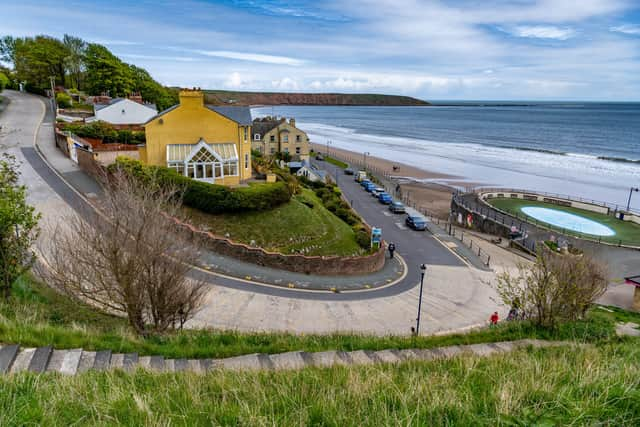

There are plans to create a visitor centre in the town to mark the battle. Add this to the clifftop gardens that are the envy of horticulturalists everywhere, and some of the best fish and chip shops in the North, and you have a seaside town well worth shouting about.
Advertisement
Hide AdAdvertisement
Hide AdEditor’s note: first and foremost - and rarely have I written down these words with more sincerity - I hope this finds you well.
Almost certainly you are here because you value the quality and the integrity of the journalism produced by The Yorkshire Post’s journalists - almost all of which live alongside you in Yorkshire, spending the wages they earn with Yorkshire businesses - who last year took this title to the industry watchdog’s Most Trusted Newspaper in Britain accolade.
And that is why I must make an urgent request of you: as advertising revenue declines, your support becomes evermore crucial to the maintenance of the journalistic standards expected of The Yorkshire Post. If you can, safely, please buy a paper or take up a subscription. We want to continue to make you proud of Yorkshire’s National Newspaper but we are going to need your help.
Postal subscription copies can be ordered by calling 0330 4030066 or by emailing [email protected]. Vouchers, to be exchanged at retail sales outlets - our newsagents need you, too - can be subscribed to by contacting subscriptions on 0330 1235950 or by visiting www.localsubsplus.co.uk where you should select The Yorkshire Post from the list of titles available.
Advertisement
Hide AdAdvertisement
Hide AdIf you want to help right now, download our tablet app from the App / Play Stores. Every contribution you make helps to provide this county with the best regional journalism in the country.
Sincerely. Thank you.
James Mitchinson
Editor
Comment Guidelines
National World encourages reader discussion on our stories. User feedback, insights and back-and-forth exchanges add a rich layer of context to reporting. Please review our Community Guidelines before commenting.